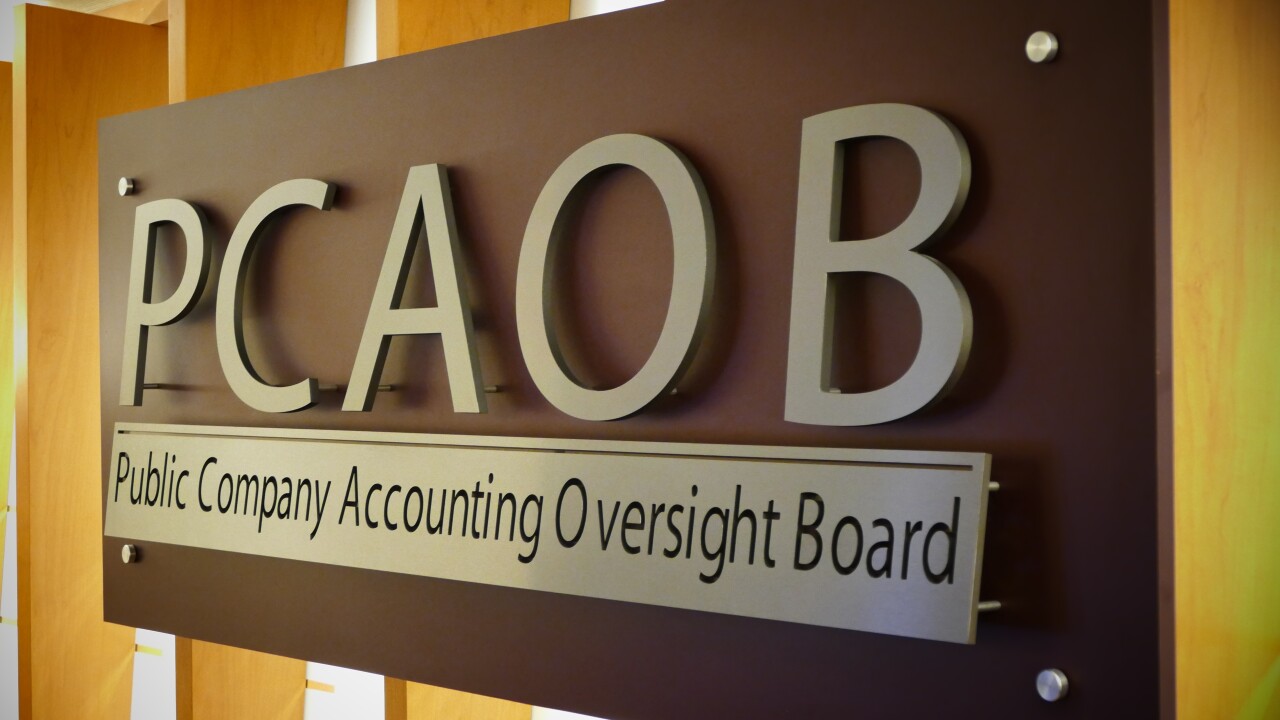One in three U.S. board members and executives are “very concerned” that the climate of uncertainty and volatility may pose a significant threat to their corporate strategy, according to a new survey by KPMG.
The survey of more than 1,200 corporate directors and senior executives in 17 cities found that more than three out of four said management tends to use outdated assumptions in setting strategy. Thirty-two percent of those surveyed said they are “very concerned” that management tends to use “more of the same” assumptions regarding key factors and uncertainties in setting strategy, and another 46 percent said they are “somewhat concerned.”
Survey respondents ranked economic uncertainty (61 percent), technology and innovation (58 percent), and government regulation (57 percent) as having the most significant impact on the company’s strategy or the assumptions underlying it.
“Amid this unprecedented mix of volatility and uncertainty, boards will need to closely monitor changes in the business landscape to understand the impact on the company’s strategy and risk profile, and help the company recalibrate as needed,” said Dennis T. Whalen, leader of the KPMG Board Leadership Center, in a statement. “We’re clearly seeing a shift in the board’s role in strategy away from an ‘annual review and concur with periodic involvement’ toward an ongoing dialogue with management.”
Forty percent of those polled said that management does not create probability scenarios that focus on the critical assumptions at the core of the company’s strategy, and only 37 percent said they are “satisfied” that management has an effective process to scan and monitor changes in the external environment regularly in order to test the continuing validity of strategy assumptions.
Boards are taking some steps to better link risk and strategy in boardroom discussions. About 63 percent of the directors and senior execs who were polled reported their board is devoting more time to discussion of strategic risks, uncertainties and opportunities. Other actions reported include improving information flow to the board regarding strategic risks, uncertainties, and opportunities (58 percent); reviewing/approving risk appetite (40 percent); and hearing more third-party views (28 percent). In addition, 65 percent said their board has discussed its composition and succession planning based on the skill sets that will be most relevant to the company’s strategy in three to five years, and another 15 percent plan to do so.
The complete report is





